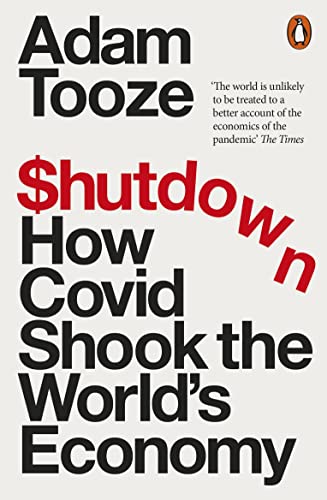What do you think?
Rate this book


384 pages, Paperback
First published September 7, 2021
The scale of government interventions was so large in 2020 as to prompt comparisons to models of war finance. Central bank bond buying was the functional twin of fiscal policy. But as tempting as the idea may be, we cannot travel back in time to the days of postwar Keynesianism. And that is certainly not the ambition of twenty-first century bankers, who are far from revolutionary. Their practice is that of the Bismarkian conservatives in the second half of the twentieth century: 'Everything must change so that everything remains the same.' In 2020, at least as far as the financial system is concerned, manegerialism once again prevailed, but it was less an exercise in all-powerful technocratic manipulation than a scrambling effort to preserve a dangerous status quo. 'Too big to fail' has become a total systemic imperative. The effect is to underwrite successive rounds of escalating debt-fueled speculation and growth. Can it go on? There is no fundamental macroeconomic limit that anyone can discern. The question rather is whether technocratic governance can keep up and whether society and politics can handle it. Can it be democratised? If not, can it at least be legitimated? And can we find ways to absorb or offset the inequalities that this growth model produces? The full force of those questions was first recognised after 2008. After 2020, they still awaited an answer.